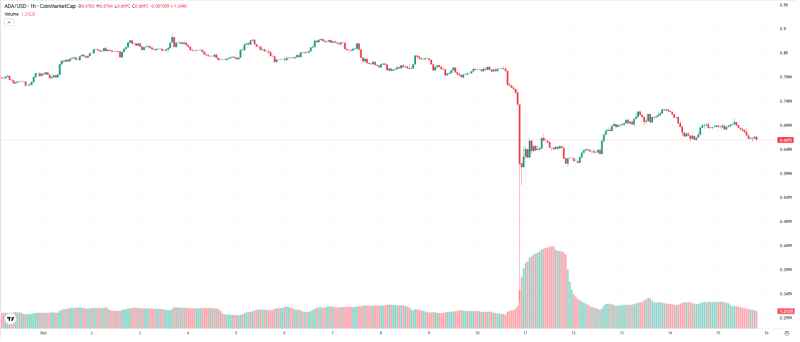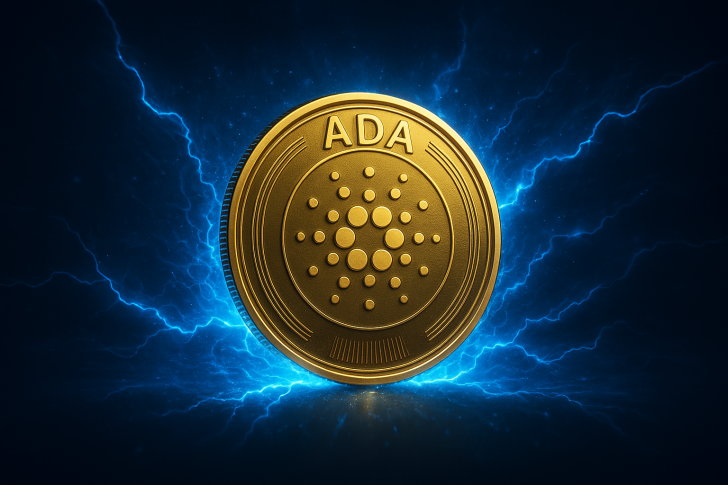Cardano just took a major step toward making blockchain more accessible. It's a simple idea with big implications: removing the need to hold ADA just to interact with the network. This change positions Cardano as one of the more user-friendly blockchains out there.
How It Works
According to TapTools, the network has introduced Babel fees, a feature that lets users pay transaction costs with any native token, not just ADA. Most blockchains require you to pay fees in their native currency—ADA for Cardano, ETH for Ethereum. Babel fees change that through a smart swap mechanism. You can pay with any native token, while validators still get compensated in ADA behind the scenes.
Here's what happens:
- Alice sends a transaction using token X instead of ADA
- Stacy (a liquidity provider) converts token X to ADA at an agreed rate, say 3:1
- Fees are deducted (around 0.16 ADA per transaction) to reward validators
- Bob receives his tokens, and Stacy gets paid in a mix of ADA and token X
The result? Users get flexibility, validators stay incentivized, and the system keeps running smoothly.
Why It Matters
This isn't just a technical upgrade—it changes how people interact with Cardano. New users no longer need to buy ADA before they can do anything on the network. That friction point disappears. Native tokens become more useful since they can directly cover fees, which adds real utility beyond speculation. The system also encourages liquidity around ADA pairs and gives developers more freedom to build token-based ecosystems without worrying about onboarding issues.

Compared to Ethereum or Solana, which still require their native tokens for fees, Cardano now offers something more flexible. That could matter as competition between blockchains heats up. All fees still settle in ADA under the hood, which keeps ADA central to the ecosystem while opening the door to broader participation. For developers and users, it means easier onboarding, smoother transactions, and fewer barriers—exactly what's needed for mainstream adoption.
 Saad Ullah
Saad Ullah

 Saad Ullah
Saad Ullah


